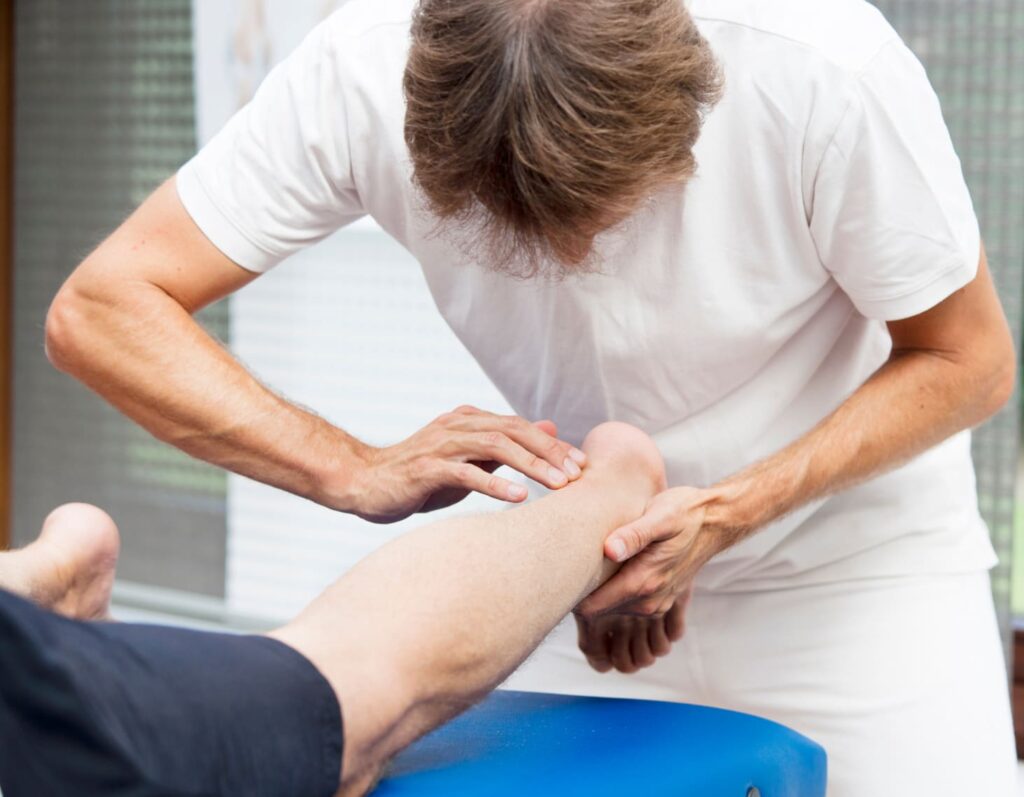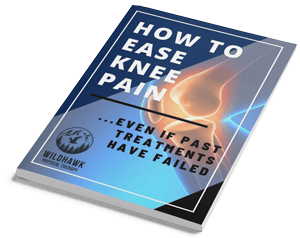
If you’re reading this, you’re probably searching for an effective solution to manage and treat your tendonitis. Look no further. This post will explore how physical therapy for tendonitis can provide relief, heal your tendonitis, and help you regain mobility and function in your life.
Introduction
Tendonitis is an inflammation or irritation of the thick fibrous cords, or tendons, that attach muscle to bone. It can cause severe pain and tenderness, making it difficult to perform daily tasks.
Active trigger points in the affected area can intensify this discomfort. Fortunately, tendinitis treatment is available and has proven to be effective. Physical therapy plays a crucial role in managing these symptoms and aiding in recovery. Through a specialized regimen, physical therapy can help reduce pain, increase mobility, and get you back to your daily routines.
How Physical Therapy Can Help with Tendonitis

When it comes to tendonitis physical therapy, the goal is to alleviate pain, reduce inflammation, and restore function. By incorporating a mix of passive treatments, such as heat and cold therapy, and active exercises, physical therapists can help promote a quicker and safer recovery.
Therapists who specialize in tendinitis physical therapy often utilize manual physical therapy techniques. This method involves the therapist using their hands to apply pressure and perform gentle joint movements on the affected joint, providing immediate relief from pain and discomfort. These movements are designed to increase the range of motion and promote better functionality.
In addition, strengthening exercises are crucial to the treatment regimen. These exercises target the muscles surrounding the affected joint, offering improved stability and reducing the risk of further injury due to repetitive motions like the ones leading to conditions such as tennis elbow.
Treatments such as soft tissue massage can significantly contribute to relieving tendinitis pain. By manipulating the body’s tissues, physical therapists can decrease the number of active trigger points, reduce inflammation, and enhance blood circulation to the affected area, speeding up the healing process.
How Does Physical Therapy Heal Tendonitis?
Does physical therapy help tendonitis? Absolutely. It provides targeted exercises that strengthen the affected tendons and surrounding muscles, ultimately reducing the risk of future injuries. Furthermore, therapists can provide education on posture and movement mechanics to prevent further strain on the affected area.
How Can I Make Tendonitis Heal Faster?

In addition to PT for tendonitis, there are steps you can take to expedite your healing process. The RICE (Rest, Ice, Compression, Elevation) method is commonly recommended. Over-the-counter pain relievers can also be helpful. However, consulting with a healthcare provider before starting any new medication is essential.
Common Mistakes to Avoid
One of the common mistakes when dealing with tendonitis is to ignore the pain and continue with strenuous activities. This can worsen the condition and delay recovery. It’s also important not to skip therapy sessions, as consistency is key to effective healing.
Another common misconception is that tendonitis will simply resolve itself over time. While the pain may decrease with rest, the underlying issues caused by repetitive motion and strain often remain. Regularly participating in massage physical therapy sessions is a proactive way to address these issues, help relieve pain, and prevent further damage. Physical therapists provide treatments and exercises specifically designed to counter the harmful effects of repetitive motion, offering a long-term solution to tendonitis.
Techniques Used in Physical Therapy for Tendonitis
Physical therapists bring a toolbox of techniques to the table when treating tendonitis. Their approach is not one-size-fits-all but instead caters to the unique needs of each patient’s condition.
Therapists employ cutting-edge modalities such as ultrasound and electrical stimulation. These techniques offer targeted pain relief and aid in the recovery process by promoting blood flow and reducing inflammation in the affected area. These techniques can drastically enhance the effectiveness of physical therapy for tendonitis.
Best Physical Therapy Exercises for Tendonitis

Depending on the location of your tendonitis, your physical therapist may suggest specific exercises. These could include calf stretches for Achilles tendonitis or shoulder rotation exercises for rotator cuff tendonitis. If you are suffering from tendonitis in the wrist, often caused by activities involving repetitive wrist motion like typing, your therapist may recommend wrist extension and flexion exercises. These movements strengthen the forearm muscles, which subsequently support and protect the wrist tendons. Similarly, for knee tendonitis or ‘jumper’s knee’, you might be instructed to perform quadriceps strengthening and hamstring stretching exercises. These exercises enhance the strength and flexibility of your knee, alleviating stress on the tendons.
Remember, it’s crucial to perform these exercises under the guidance of a trained professional. Incorrect technique can lead to further injury. Thus, ensuring you understand and perform these exercises correctly is as important as the exercises themselves.
Saying Goodbye to Tendonitis
Physical therapy plays a significant role in treating tendonitis. It’s a holistic approach that targets not only the symptoms but also the condition’s root cause. If you’re considering this route, consult with our team at Wildhawk Physical Therapy in Asheville NC to discuss your options.
Incorporating physical therapy into your lifestyle can have long-term benefits. It equips you with knowledge and exercises that you can continue to do at home to prevent future tendonitis, particularly if you engage in repetitive motion activities. By prioritizing your body’s health and being mindful of your movements, you can avoid the painful experience of conditions like tennis elbow. Ultimately, the most effective defense against tendonitis is an active commitment to your physical well-being.
Remember, the journey to recovery may take time, but with the right treatment plan, you can reclaim your quality of life.









